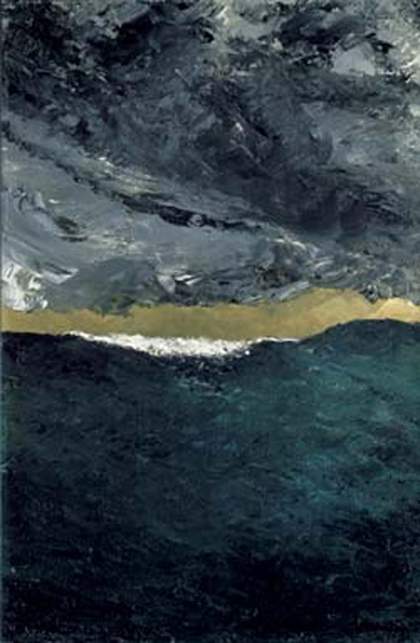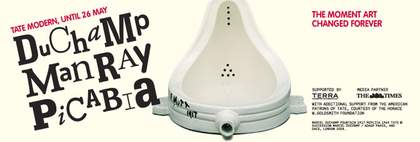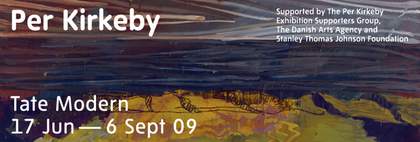When I was very young, about fourteen to fifteen years old, I often went to the Danish National Gallery. At that time it was still a classical art historical museum, with sedately hung Danish art. There was the so-called Rump Collection, named after its donor, exhibited on the way to the cast collection. There were also paintings from the 1930s and 1940s that we, my friend Gunnar and myself, regarded as very modern – even though Asger Jorn and his mates were not on display. Then came the seriously reluctant inclusion of Matisse into the collection, with his Interior with Violin from 1917, as well as the portrait of his wife. We now felt that even though such art was still within classical norms, it could go no further. But if you really pushed it, maybe you could paint like that.
Meanwhile, in another part of the museum hung a small painting that was very disturbing and difficult to deal with. Was it even good, despite hanging in a great museum? ‘Strindberg’ the label told us. But that did not help. We didn’t even know that there was an author by that name. The picture showed a troubled sea and a stormy sky. But it was not painted. It was not a real painting. It was something done in a troubling way. What were we supposed to do with it? Forget it. And so I did.
So there it lay, simmering in my unconscious for many years. Not even in the 1960s, when I had begun as an artist, did it surface. Nor even, surprisingly, in connection with the notion of the ‘impossible’ painting of that decade. Suddenly it was in its own way too naturalistic. Too much sea and weather.
My idea of impossible painting was the kind of art produced by Francis Picabia. But as time passed by, even Picabia was, despite it all, too much like proper painting. So through all the changes, Strindberg’s impastoed hotch-potch style persisted. He brought back to me the sensation of nature as a possibility for a painting. And his pictures had an undeniable materiality to them, which went against the belief in other artists who thought their style was in some way radical.
Strindberg’s painting was. It was without a filter and without the wish still to be a real painting. It was as wrong as one could imagine. And at the same time his work has a sense of the apocalyptic, revealing spaces of unpredictability and danger. I would like to go there. My own efforts end up being a kind of measurement of how radical Strindberg’s pictures are. That is my doubt and my hope.
Strindberg the painter is. He is like digging in the garden and sailing in rough winds. But the garden overgrows, the ship wrecks. So the painter is present and has foundered. I let my paintings grow over a long period of time to achieve the same. To be there, and also allowing myself to be pushed aside. A growth that shatters all norms of painting. Regards to Strindberg.



